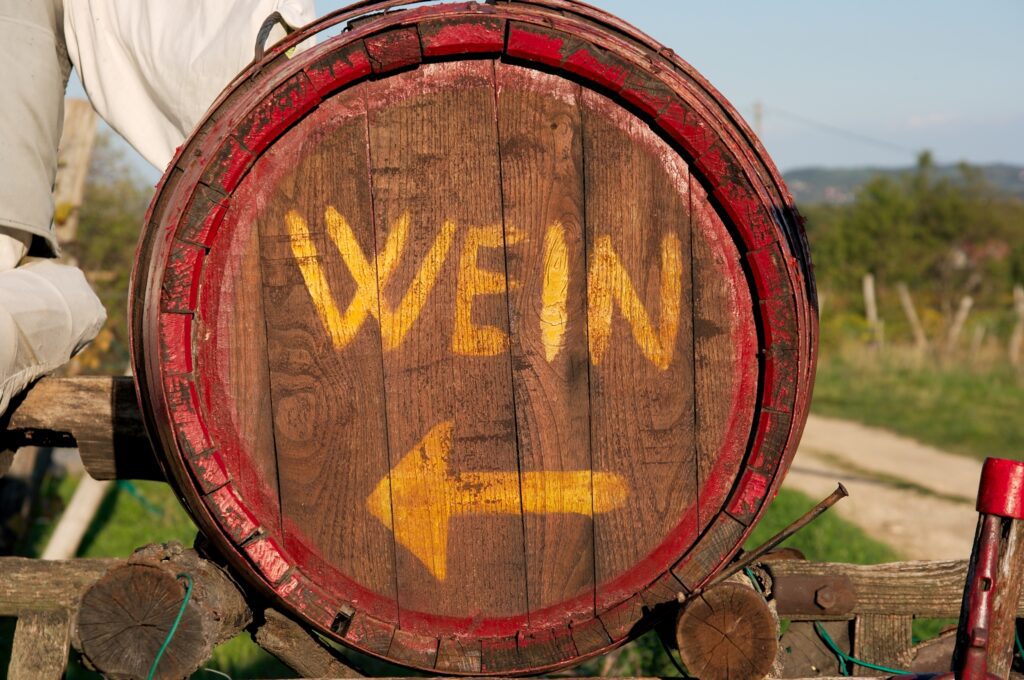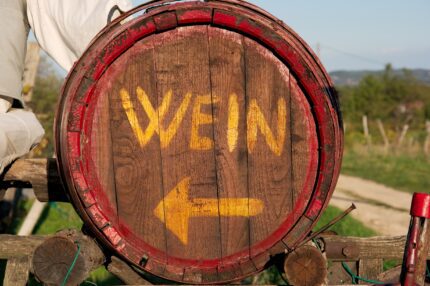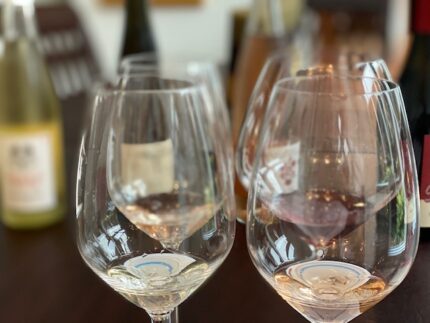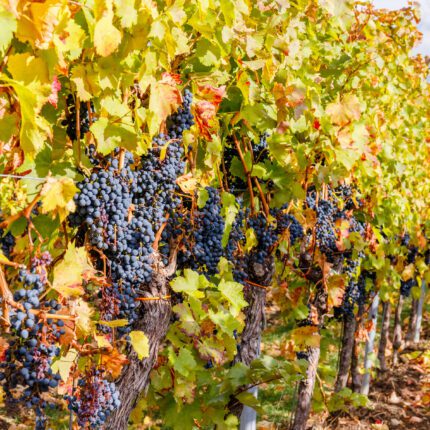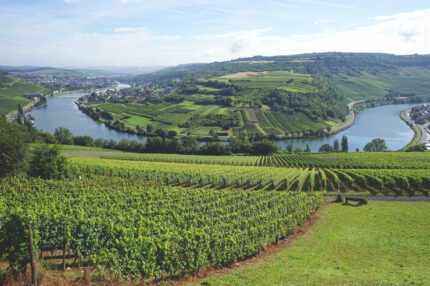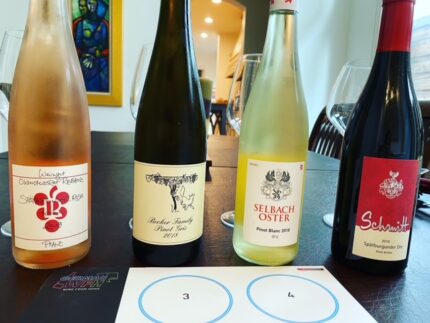I didn’t grow up in a wine household. A special occasion was a bottle of Blue Nun on the table, which was my first introduction to German wines. I recently attended a You Had Me at Pinot class exploring the diversity of the grape with a Pinot Gris, two versions of Pinot Noirs and a Pinot Blanc. Pinots have a complex family tree and was fun to explore.
Hosted by Wines of Germany and taught by Wines of Germany Ambassador Brent Kroll and Niki Lang of Washington DC’s Maxwell Park, we explored the history and flavors of Germany’s Pinot trio – Weissburgunder, Grauburgunder, and Spätburgunder.
You may know Germany for its quality Riesling, but it’s actually the third-largest producer of Pinot Noir in the world, behind France and the United States, according to the Wines of Germany trade organization.
The Pinot Grape in its Glory
A Pinot can be defined as a Pinot Meunier, Pinot Gris/Grigio and Pinot Blanc because they all have identical DNA profiles. These are all mutations of Pinot: its inner cell layers are composed of a Pinot genotype: the outer, epidermal layer is made up of a mutant, distinctive genotype.
Germans call the grape Spätburgunder, which means late-ripening (spät). Nearly all of the 13 German winemaking regions grow Pinot Noir, most notably Ahr (where Spätburgunder accounts for more than 50 percent of plantings), along with Baden, Franken and Württemberg. The Romans planted vines along the Mosel River back in 100 BCE.
German Pinot Blanc is known as Weissburgunder and Germany is the largest producer of Pinot Blanc with 5,747 hectors.
Pinot Gris is known as Grauburgunde and Germany ranks second in the world, after Italy for the amount of vineyards dedicated to this varietal.
The Mosel Region
We concentrated on three regions – Mosel, Pfalz and Rheinhessen. The Mosel is considered to be Germany’s oldest wine growing region with production dating back to Roman times. It is known for its world-class Rieslings and steep slopes. Pfalz is the second largest wine region in Germany bordering Alsace is known for Riesling and a multitude of soil types. Rheinhessen is Germany’s largest region and it is one of Germany’s warmest and driest regions. Roter Hang is a historically important stretch of vineyard land in this region that translates into the “Red Hill.”
Our Wines of Germany Tasting Pinot Wine Line-Up
We tried the following wines:
- 2018 Selbach-Oster Pinot Blanc, $23.99 — this wine from the Mosel region was very fresh, bright and acidic with notes of white peach, pear, apple and a nice minerality. The winery was founded in the mid-1800s, though the family has a history in wine going back to the 1660s. The wine is comprised of Old Vine fruit and 55 percent of the family’s 24 hectares of vines are on their original rootstocks.
- 2018 Friedrich Becker Pinot Gris Estate Dry, $21.99 – This wine came from the Pflaz region and was one of the favorites of the tasting. The color is stunning and there was lots of complexity in the glass. I tasted red apples, berries, nuts and flowers. It is biodynamically farmed and the vineyard is located in Schweigen, which is south of the Pfalz on the border of Alsace. Sixty percent of vineyards are dedicated to Pinots.
- 2019 Öekonomierat Rebholz Pinot Noir Rosé, $22.99 – This biodynamic wine also came from Pflaz and it was lovely. It was an earthy, savory and terroir-driven rosé with notes of cranberry, cherry and herbal notes. The Rebholz family has been grape growers since 1632 and they began making wine under their own label after the end of the second World War.
- 2016 Schmitt Pinot Noir (information in English), $16.99 – From the Rheinhessen region, this Pinot Noir had notes of blackberry, cranberry, herbs and licorice with a nice acidity and earthiness. The Schmitt winery was founded over 235 years ago as part of a farm that also cultivated cereals and sugar beets. The winery was certified organic beginning in 2007, and Demeter Biodynamic® certified in 2012, one of only 75 properties in Germany to hold the Demeter certification.
While the Riesling from Germany is amazing, it’s time to stop and recognize the other notable wines for being unique, age-worthy, diverse, fun and unique. Pick up a bottle and start exploring the country. I promise you’ll enjoy your visit.
